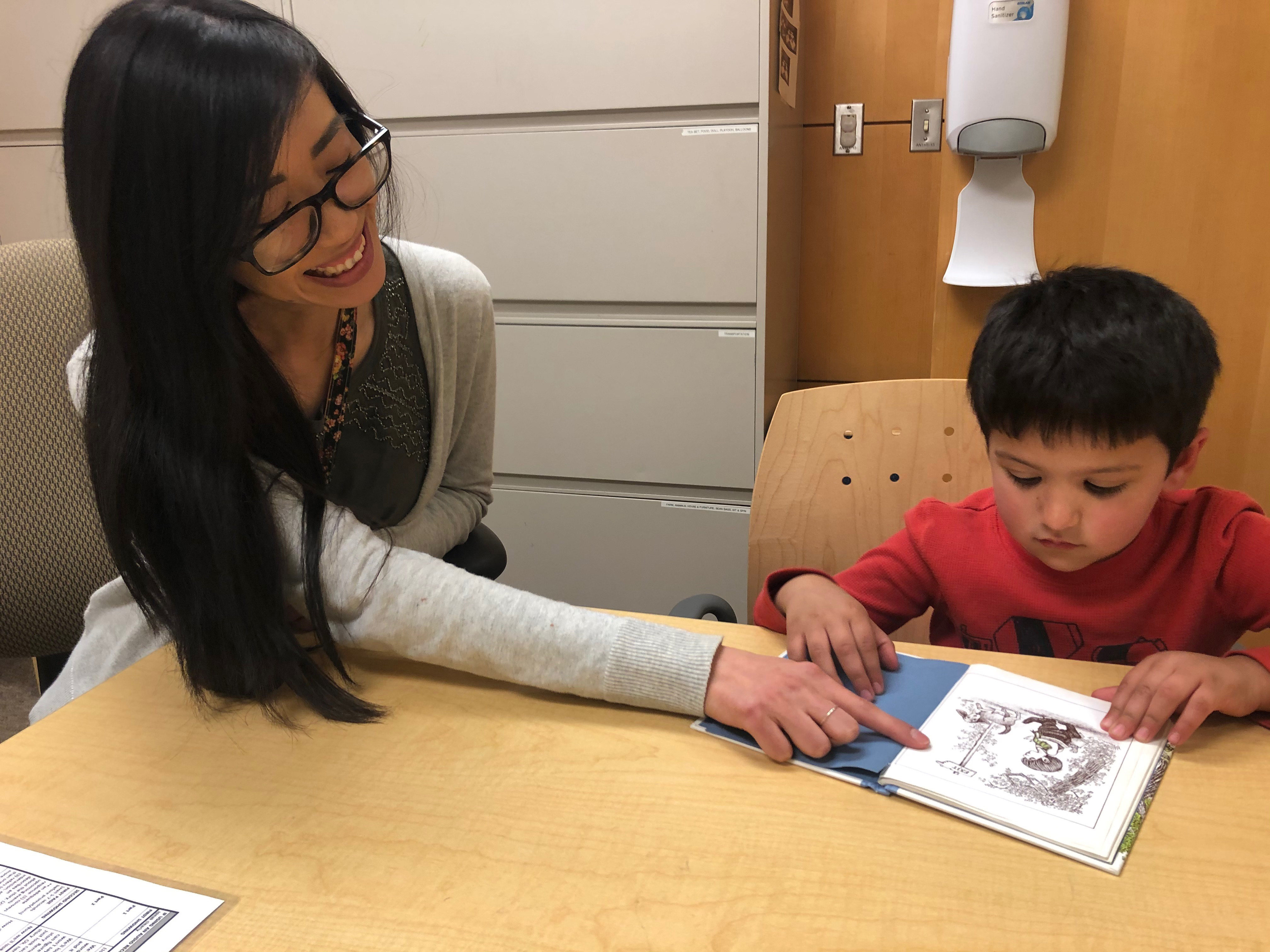According to the Centers for Disease Control and Prevention, 1 in every 77 children in the U.S. has an intellectual disability. Fragile X syndrome, a single-gene disorder, is the leading inherited cause of intellectual disability. Individuals with FXS frequently have speech and language delays, behavior challenges and anxiety.
“There have been many clinical trials of medications to help with symptoms of fragile X syndrome,” said Leonard Abbeduto, director of UC Davis MIND Institute, professor of psychiatry and behavioral sciences and senior author of the study. “Unfortunately, these trials have generally failed to show benefits of medication, partly due to lack of adequate outcome measures.”
The study, led by Abbeduto and Angela John Thurman from UC Davis MIND Institute and the Department of Psychiatry and Behavioral Sciences, focused on language as an outcome measure. Outcome measures are indicators used to detect meaningful change in the symptoms of a disease or disorder such as fragile X syndrome. To assess treatment efficacy, statistically adequate measurable indicators are needed. Yet, the development of outcome measures is a complicated process.
The ELS procedure
This is the first study to validate ELS procedures for studies of treatment efficacy in FXS or any intellectual disability condition. The study included 106 participants between the ages of 6 and 23, with IQ levels within the range of intellectual disability (IQ < 70) and with fragile X syndrome. Following ELS procedures, the researchers collected samples of the participants’ speech during their natural interaction with the trained study examiners.
In conversation, the examiner engaged the participant in conversation on a variety of topics in a sequenced manner, beginning with a topic that the participant enjoys. Preferred topics included favorite activities (such as playing video games), fictional characters and famous people (such as Iron Man), familiar people (such as friends), specific events and activities (such as a visit to the beach) and specific themes (such as trains, weather and country music).
After talking about the participant’s preferred subject, the examiner introduced a topic from predetermined ordered lists, created to suit either children and adolescents or adults. The script that the examiner followed during these interactions minimized his/her participation and maximized the participant’s contribution. The conversation spanned around 12 minutes.
During narration, the participant told the story in a wordless picture book. The examiner guided the process but provided minimal probes or help, thereby ensuring that the participant constructed the story independently. The narration usually took 10 to 15 minutes.
The researchers then analyzed the collected conversation and narration samples. Based on this analysis, the researchers derived five language outcome measures: talkativeness, lexical diversity (vocabulary), syntax, dysfluency (utterance planning) and unintelligibility (speech articulation).
Strength of the outcome measures from ELS
The ELS measures were generally valid and reliable across the range of ages, IQs and autism symptom severity. The study suggests that the ELS procedures are feasible and provide measures with adequate statistical properties for a majority of 6- to 23-year-olds with FXS and intellectual disability. They, however, are more challenging and have less adequate statistical properties for individuals with FXS and who are younger than 12 years.
The ELS interactive contexts are closely aligned with real-world interactions. The conversation and narration were meaningfully completed by most individuals with FXS. This suggests low rates of noncompliance and an ability to successfully complete the task. However, noncompliance was higher for participants who were younger, with lower IQ and more severe autism.
“Most importantly, the measures are functional for the individual,” Abbeduto said. “If a treatment can improve language, it can have far reaching benefits for the individual at school, in the workplace, with peers and beyond.”
The researchers are sharing manuals with the research community for conversation and narration including procedures for administration, training and assessment of fidelity. The study was published March 24 in Journal of Neurodevelopmental Disorders.
Funding for the study came from the National Institute of Child Health and Human Development (NICHD) (R01HD074346), the UC Davis MIND Institute Intellectual and Developmental Disabilities Research Center through NICHD (U54HD079125) and the UC Davis Clinical and Translational Science Center (CTSC) with the National Center for Advancing Translational Sciences (NCAT), National Institutes of Health (NIH), through grant ULTR001860.
Other authors on the study are Andrea McDuffie of UC Davis; Elizabeth Berry-Kravis, Anne Hoffmann, Michael Nelson and Jeanne Aschkenasy of Rush University Medical Center; Audra Sterling of Waisman Center and University of Wisconsin-Madison; Stephanie Sherman and Debra Hamilton of Emory University; and Jamie Edgin from University of Arizona.
Original post https://alertarticles.info


